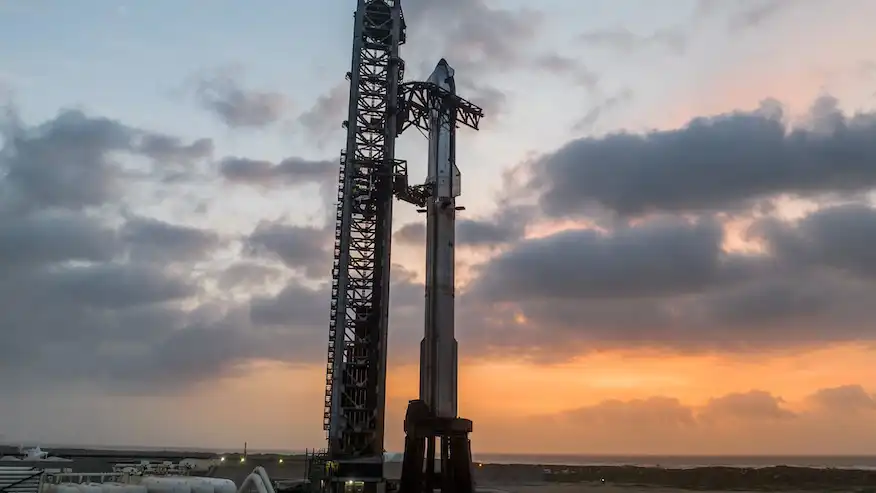SpaceX Starship Flight 9: Key Takeaway
SpaceX Starship Flight 9 achieved critical milestones but ended in reentry failure due to technical issues. While the mission didn’t go as planned, the data gained will help shape the next generation of reusable rockets. Each setback brings us one step closer to interplanetary travel.
Introduction
SpaceX Starship Flight 9 was one of the most highly anticipated test flights in 2025. Launched from Starbase in Texas on May 27, this mission marked the ninth major flight of the Starship-Super Heavy rocket system and was the first to include a real payload test. But while the launch was a success, the mission ultimately ended in failure when Starship disintegrated during reentry.
Join Top Tech Outreach and Let’s break down what happened, what went right, and what SpaceX will need to work on moving forward.
Mission Objectives: Pushing the Limits of Starship
This flight was a key step in SpaceX’s long-term goal of building a fully reusable launch system for missions to the Moon, Mars, and beyond. Flight 9 had several major objectives:
- Launch Starship using a reused Super Heavy booster
- Successfully open a payload bay door and deploy satellite simulators
- Demonstrate better control during coast phase and reentry
- Attempt a controlled splashdown in the Indian Ocean
The payload included eight Starlink satellite simulators, marking the first time Starship attempted to carry and deploy a payload into space. The Super Heavy booster was reused from a previous flight—also a first for the Starship program.
What Went Wrong: Malfunctions in Space
The launch and stage separation went smoothly, with the Super Heavy booster completing its burn and Starship reaching orbit. However, about 30 minutes into the flight, issues began to appear:
- Payload Door Failure: The bay door failed to open, which meant the Starlink simulators couldn’t be deployed.
- Loss of Attitude Control: Starship lost its orientation and began tumbling, which compromised reentry.
- Disintegration on Reentry: Without proper control and heat shield alignment, the craft broke apart over the Indian Ocean.
Booster Landing Failure: The Super Heavy booster attempted a soft landing in the Gulf of Mexico but was also lost during the descent.
Read the full mission timeline on NBC News →
What This Means for SpaceX
This was the third failed reentry in a row for Starship, following similar losses in Flight 7 and Flight 8. While this may seem discouraging, it’s important to understand that test flights like these are designed to push boundaries and gather data—not necessarily to succeed on the first try.
SpaceX will now review telemetry and onboard footage to improve the payload mechanism and reentry control system. The failure of the payload door also raises concerns about cargo bay mechanics in future lunar or Mars missions.
Despite these challenges, Elon Musk and the SpaceX team remain committed to refining the Starship system and eventually achieving full reusability.



